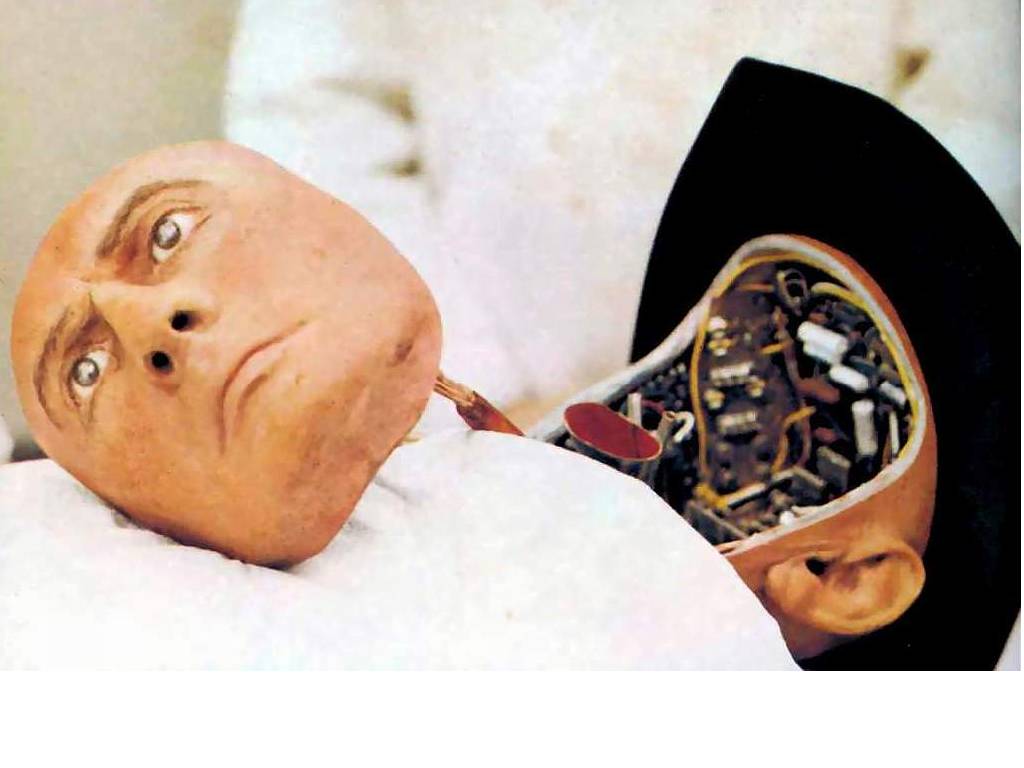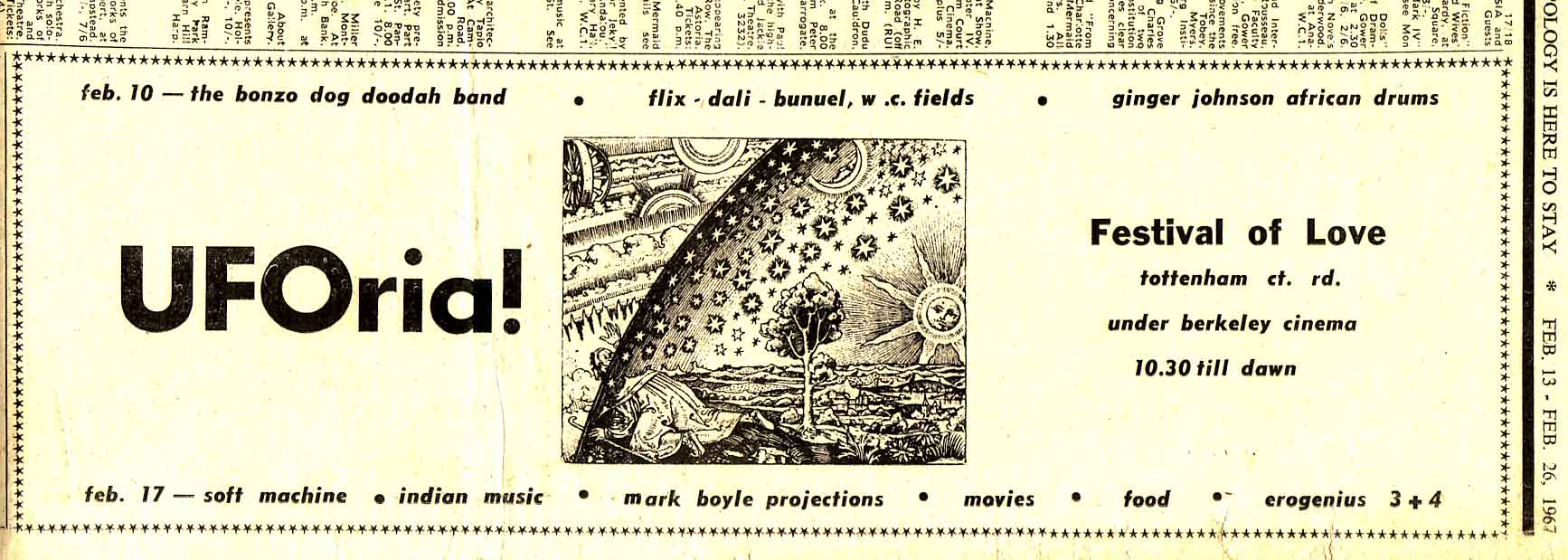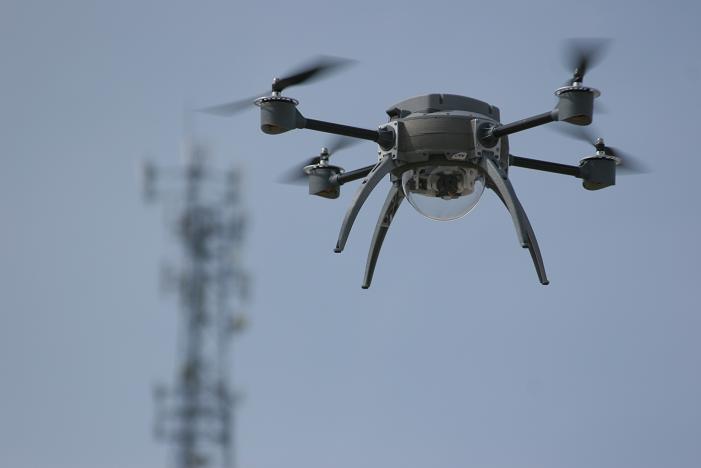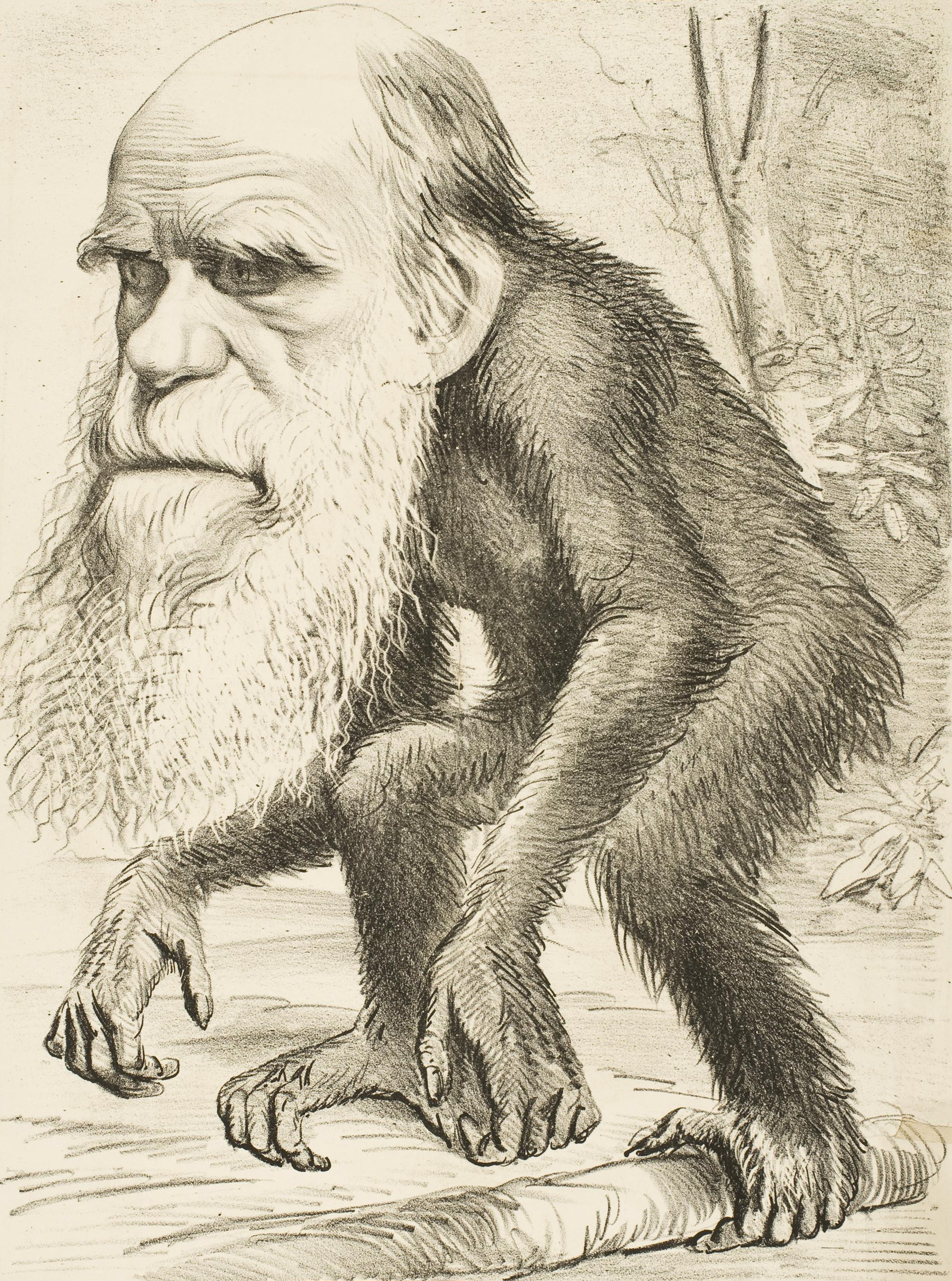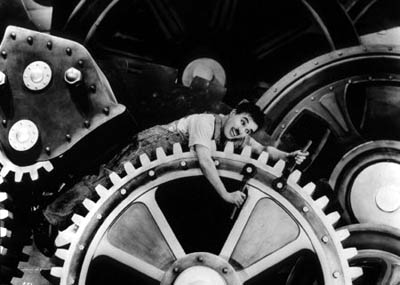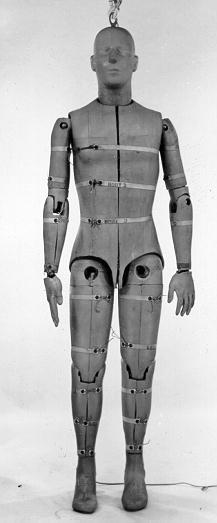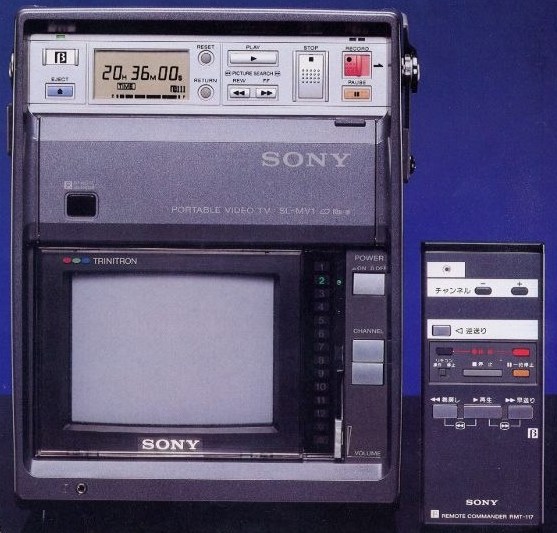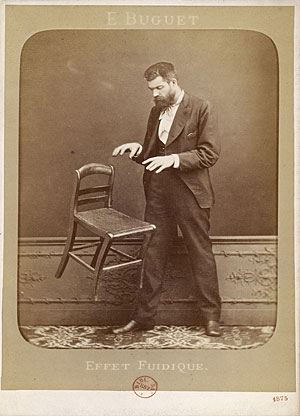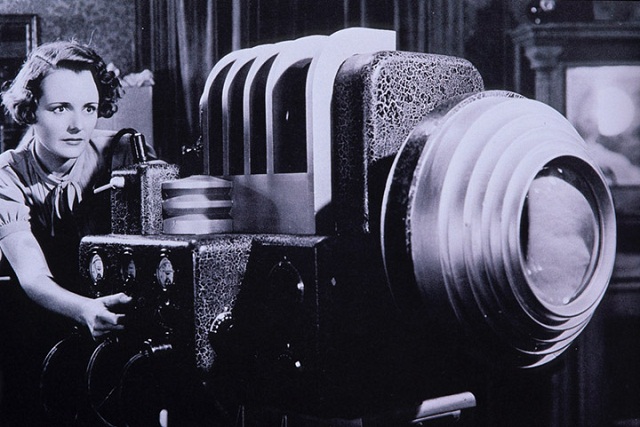
The opening of “The Greatest Running Shoe Never Sold,” Bob Parks’ new Businessweek article about a lone inventor trying to partner with a mega-corporation:
“Late one night in August 1997, 54-year-old inventor Lenn Rockford Hann placed two bottles of Gatorade near Concourse F of Chicago O’Hare International Airport, unlaced his sneakers, removed his socks, then dodged curious maintenance workers for two hours while running 13.1 miles on the walkways. His pace surprised him. He was convinced the springy, resilient surface was almost perfect. ‘My legs felt amazing,’ says Hann, a marathoner. ‘I’ve been chasing a shoe that feels that good ever since.’
For years, Hann had been designing a running shoe that he hoped would give him an edge. After his airport run (in the days of lighter security, naturally), he knew he was on to something, and he became obsessed with O’Hare’s movable sidewalks. Finding a walkway in the midst of repair on a subsequent jog, he jumped into the pit to look at its clockworks. There he found rollers on each side, with nothing holding people up in the middle but the belt’s tension. The next day, Hann called the belt company, Dunlop Conveyer Belting, and learned they were adjusted to 2,500 foot-pounds of force to create the right balance.
Athletic brands spend millions every year trying to build a better sneaker that will propel them to the front of the $6.3 billion running shoe business, one of the biggest and most visible areas of sporting goods, with 11 percent growth in 2011, according to industry analyst SportsOneSource. Nearly all sneakers have a sole that looks like lasagna, composed of layers of rubber, foam, and plastic. The fluffy foam is made from ethylene-vinyl acetate, or EVA, which has its critics: EVA adds weight to shoes, and lab tests show it requires more energy per stride. Running shoe companies have long sought an EVA substitute that absorbs shock but also returns more energy. ‘Consumers like the cushioned feeling associated with a conventional running shoe,’ says Darren Stefanyshyn, a University of Calgary researcher and former chairperson of the Footwear Biomechanics Group. ‘If you could provide that without using foam, you’d have a winner.’
It took him eleven years, but Hann finally converted his airport research into a breakthrough sneaker patented in 2008, a shoe with an entirely different system to cushion and propel the foot. It quickly attracted the attention of fast-growing athletic brand Under Armour (UA), which spent two years and hundreds of thousands of dollars to develop it as the prospective centerpiece of the company’s first line of footwear. Hann’s shoe was scheduled to launch early this year and was poised to rock the footwear industry, but it never quite made it to market.”




